Not Every Seed Sprouts (And That’s the Point)
Spring ideas and gardens, a painter of "worms and filth", mountains of the mind
Crouched down like a goblin, I pull early weeds from the garden. My gardening gloves are still in my pocket—I forgot to put them on in my excitement. The soil is damp beneath my fingers. It clings under my nails, gritty and cool. A fresh season has begun.
These weeks are filled with hope. The careful planning of what to plant and where. Pulling out seeds from last year’s harvest, turning them over in my palm, feeling their rough edges. Some were saved, some were given to me by neighbours. Each one holds a story. I start lining them up, making a plan.
I know it’s time to begin because the crocuses have pushed past soggy ground and last year’s decay, while the snowdrops bow over their long green stems. The garden is waking up. Soon, the daffodils, then the tulips and hyacinths, will bloom. The season will push forward, and like an orchestra, the garden will give each bloom its turn.

Spring brings a new energy—a pull to begin, to do. But it’s also a season of trust. Not every planted seed will sprout. Not everything I nurture will survive long enough to bear fruit. One year, the raccoons raided the grapes and left us with nothing—eaten or smashed—while we spent the rest of the summer fighting off wasps. Another year, while I was on vacation, a neighbour promised to water the vegetables in exchange for part of the harvest. I came back to dry stalks and brittle leaves.
Timing. Trust. Hope. And the willingness to pull the weeds.
I don’t expect every seed to grow. I don’t expect every idea to turn into something tangible, either. But I know that tending to them—showing up, doing the work—always leads somewhere. The shape of the outcome isn’t always clear at the start, and that’s fine. Every time I create, I learn something. Every time I put in the time, I get something back. Maybe not in the way I imagined, but in a way that adds to what comes next.
Maybe that’s the real parallel between gardening and creative work—not just patience, but trust. Trust that what I plant today will feed something later, even if I don’t yet know what that will be.
Because part of the joy of gardening is in the tending. In the summer, I start each morning with coffee in hand, inspecting the garden beds. A weed pulled here, an early snap pea tasted there. Some days, nothing seems to change. Other days, a plant has shot up overnight, like it had been waiting for me to notice.
I can’t rush anything. I can only care for it. Help it become what it will be in the small patch of earth I’ve set aside.
Rushed ideas mean losing out on the best part—the slow build, the quiet magic of seeing something take shape. That doesn’t mean I can’t pluck an idea early, roll it between my fingers, taste its direction. It doesn’t mean I can’t share the excitement with others. If anything, sharing it might help it grow. But it does mean coming back, day after day, to tend to my ideas—to let them unfold in their own time.
Maybe that’s why ideas, like plants, need to be touched, worked, and felt. It isn’t in the research that I know them—it’s in the doing. It’s in the dirt under my nails, in the morning light catching on new leaves. I read once about a bacteria in soil that triggers serotonin, and I smiled. Of course. The joy was always in the process.
The waiting is part of it, too. The last frost is within sight, but I know better than to rush. Some things are meant to take their time. And so am I.
Thanks for reading! This year, I’m exploring slow creativity—what it means to work with time instead of against it. If that resonates, consider subscribing for free.
Personal Work
Spring has arrived on the island. Buds are beginning to swell on the trees, pine pollen clings, waiting for the wind to send it swirling through the air.
So this week, I am sharing one of my favourite textures, evergreens:
Art & Observation: Maria Sibylla Merian
I’ve written about Maria Sibylla Merian before—how she was dismissed in her time as merely a painter of "worms and filth", despite her groundbreaking contributions to both art and science. But there’s another reason her work resonates with me now: she spent years, sometimes decades, meticulously tracking the full life cycles of insects and plants. She didn’t just document a butterfly—she documented the slow process of becoming one.
There’s something to learn from that. Creative work, like gardening, isn’t just about the finished piece—it’s about watching, tending, and trusting that something will emerge over time. Merian’s work reminds us that paying attention is its own kind of creation, and that some things—whether ideas or insects—can’t be rushed.
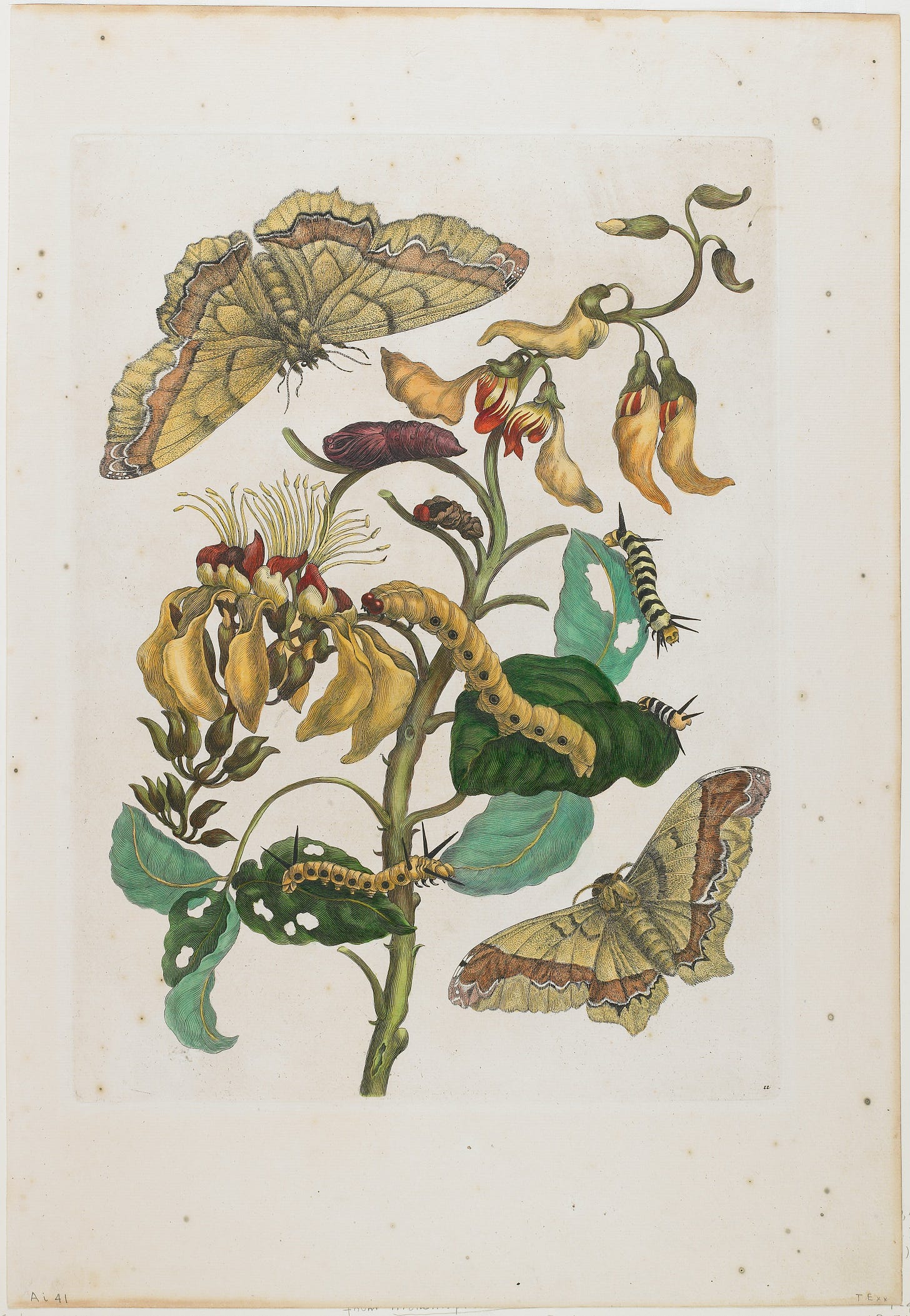
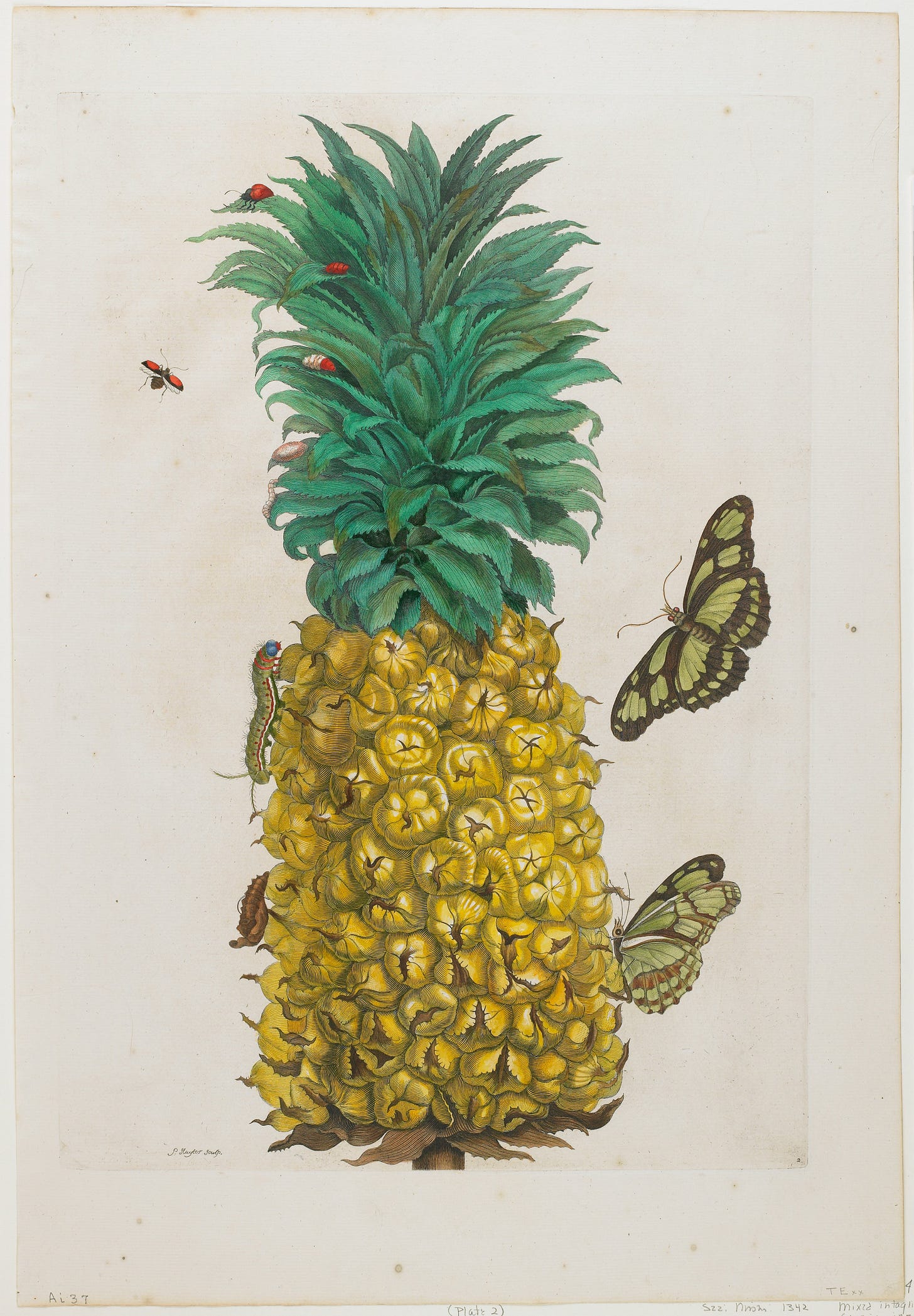
Book Recommendation:
Mountains of the Mind: A History of a Fascination
Robert Macfarlane
This book struck the perfect balance between storytelling and history, pulling me through with its narrative while also making me think deeply about our evolving relationship with mountains. I was constantly sharing interesting facts with my partner and bookmarking ideas to explore further. Whether or not you love mountaineering or hiking, it’s a fascinating read that unpacks how our cultural perception of mountains has shifted over time.
What surprised me most is how much this book covers beyond just mountaineering—it weaves in art, music, literature, and philosophy, making it as much about human curiosity and ambition as it is about the physical act of climbing. It made me reflect on my own connection to the outdoors—why I’ve chosen certain hikes and what compels some people to take on extreme risks. What kind of person willingly steps into the unknown, risks their life, and pushes past fear to reach a summit? What is it in human nature that makes us want to name, map, and conquer what was once untouchable?
This book doesn’t just tell the history of mountaineering—it examines the spirit of exploration itself, the forces that drive us toward adventure, and the deeper questions behind why we seek out the wild.
Hey, you made it to the end!
I have a little secret for you.
I always try to include an art history section when I can, but originally, I was going to show paintings of Mont Blanc—just a quick “hey, look at this cool painting” moment. But then I fell down a rabbit hole of how artwork has shaped our perception of nature, and before I knew it, I had a very messy draft of an entirely new essay on my hands. So, that’s coming in the next few weeks.
Lately, I’ve been staying on top of writing in advance, picking themes to smooth my process—but at least once a week, I get completely sidetracked by something new I have to write about. Right now, my backlog of ideas includes everything from the lifespan of olive trees, artistic purpose, the herring spawn and its cycles, and now… art and mountains.
So, if you ever feel like your creative brain is a tangled mess of ideas—same.


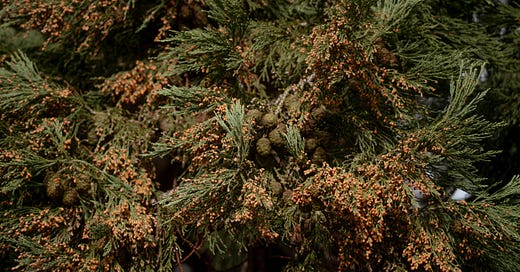



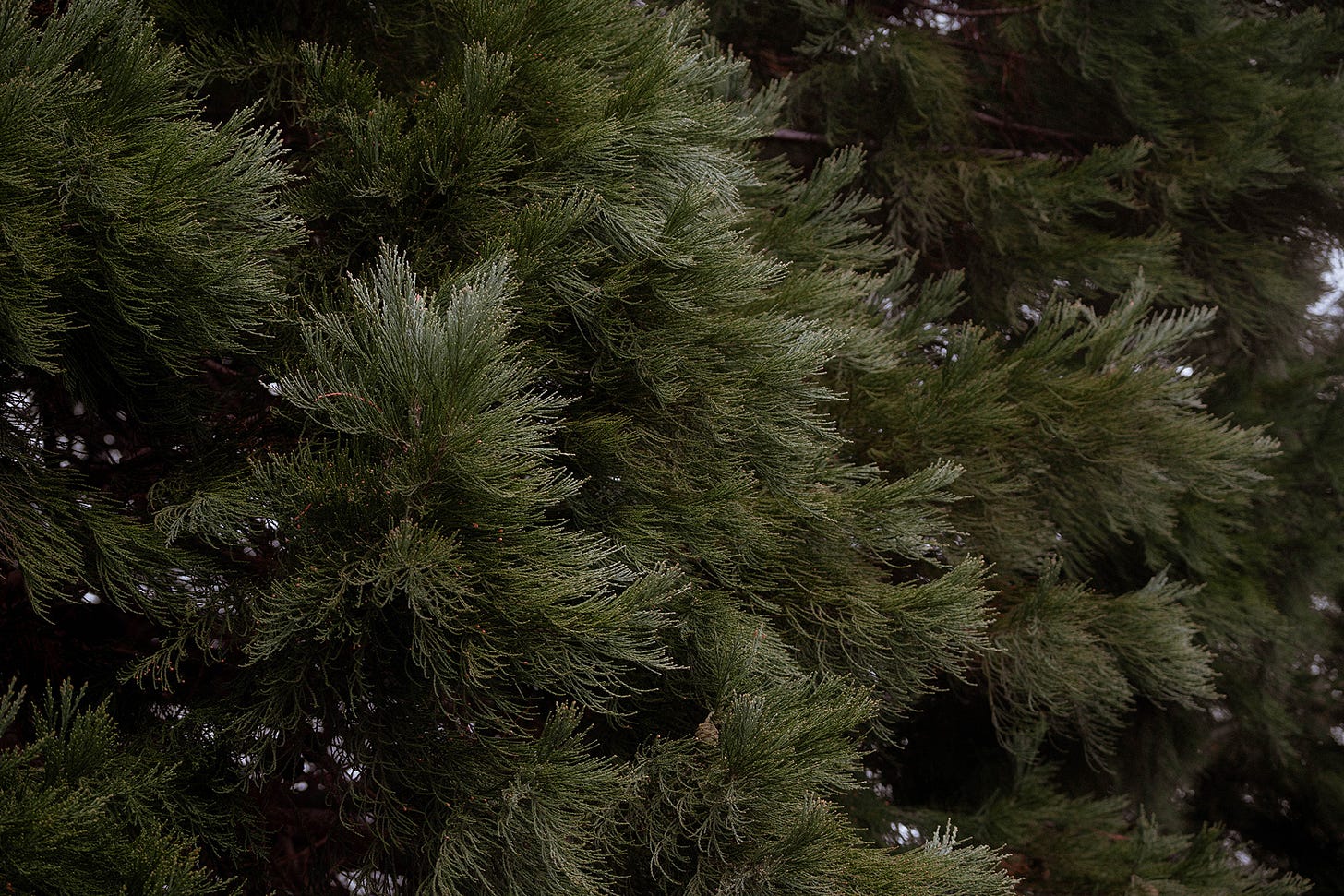
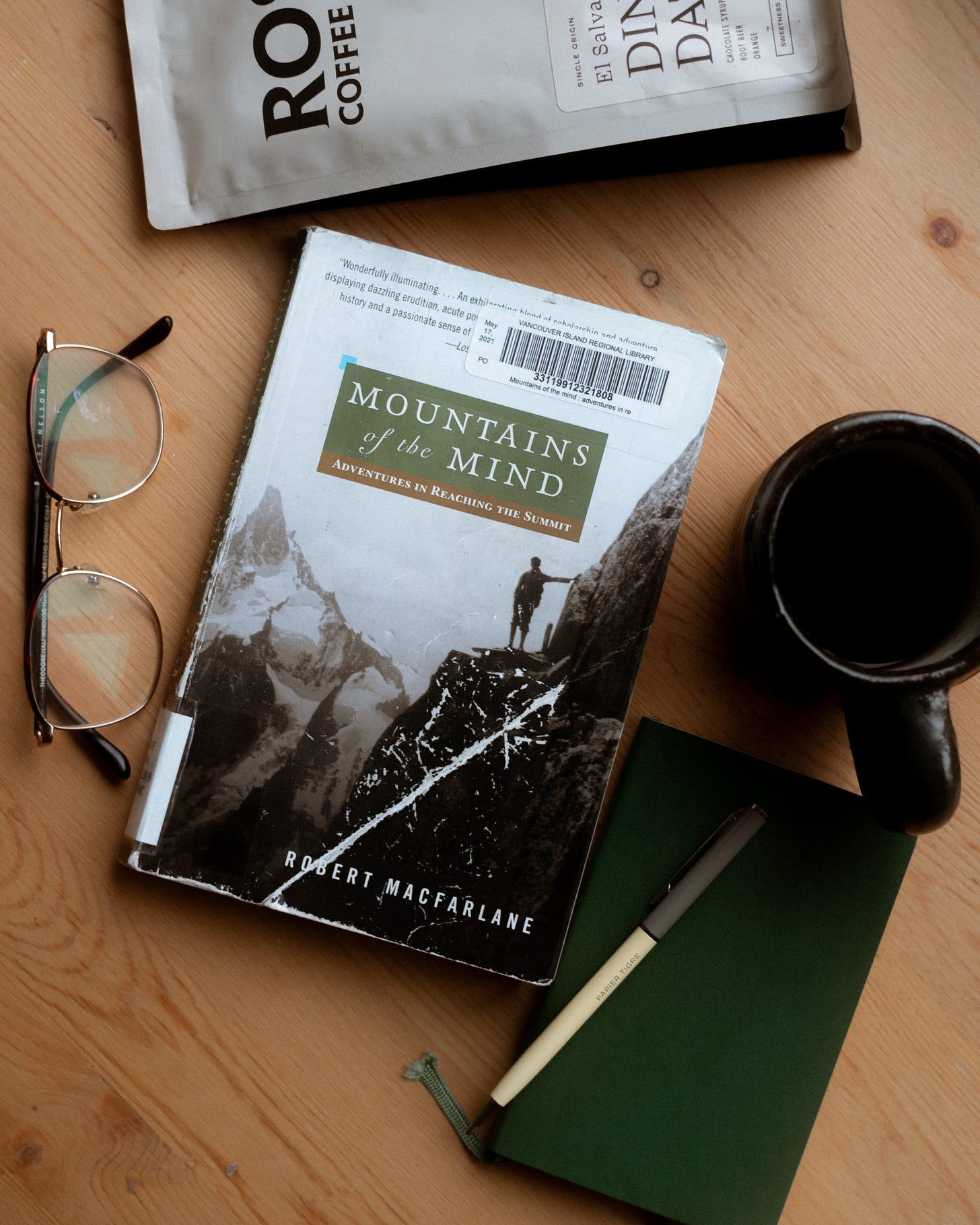
Ahhh we are kindred garden spirits, Ula! I am excited for the gardening season to fully unfurl... I've started some seeds indoors and I have plans swirling in my head for the garden to come this year. I too will basically have dirt under my finger nails all the time from here on out...